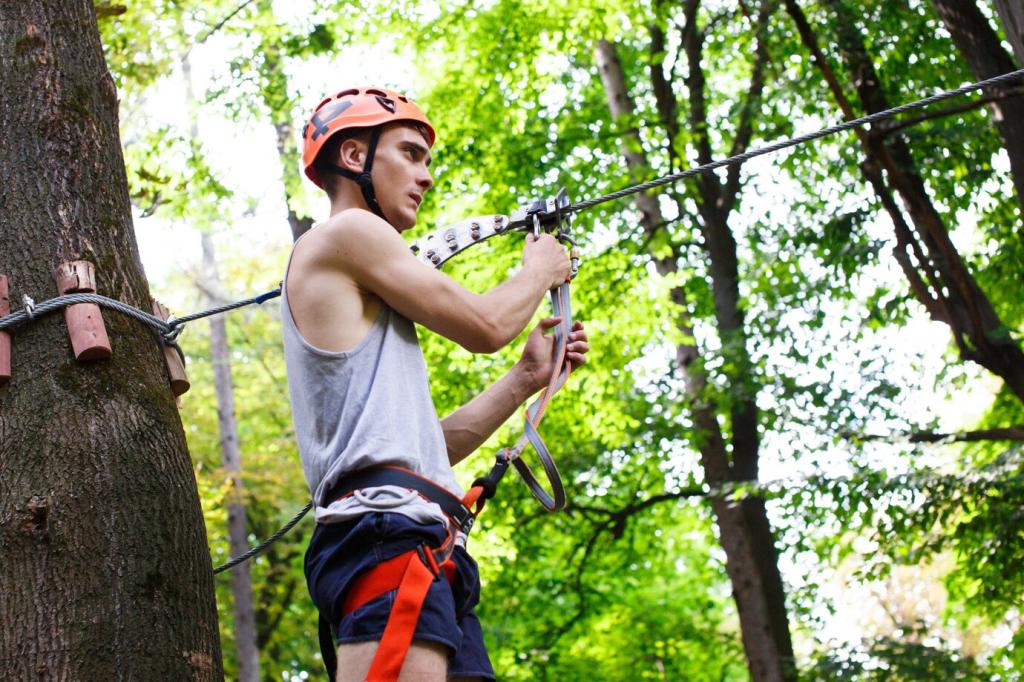Water: Finding and Purifying Safely
Follow drainages, green vegetation, and contour lines toward creeks. Collect morning dew with a bandana, catch rain from a tarp, and melt snow safely. Avoid stagnant pools and be mindful of upstream contamination sources.
Water: Finding and Purifying Safely
Boil for a rolling minute, longer at altitude. Use pump filters for sediment, chemical tablets for light packs, and UV pens for speed. Combine filtration and disinfection when water is silty or suspect for extra safety.








